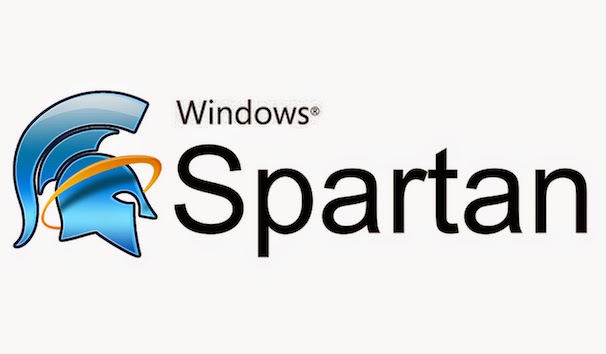Review: Kaspersky Internet Security 2012
Kaspersky Internet Security 2012 (KIS 2012) is a little quieter than usual, though; its release notes show no big additions this time around, just interface tweaks and various engine optimisations. So what does this mean in real life? We took a closer look.
Overview
| Manufacturer: | Kaspersky | |
|---|---|---|
| Price (RRP): | $59.95/£39.99 | |
| Best Price: | $39.95/£29.99 | |
| Platforms: | Windows XP, Vista, 7, both 32 and 64-bit editions | |
| Requirements: | 480MB free hard drive space | |
| Rating: 4.7/5 (11 votes cast) |
The program started well with a hassle-free installation – we weren’t even forced to reboot – and after a click or two we got our first look at that revamped interface. This is clean and clear, displaying all the key information you need at a glance – protection status, database update details, licence validity and more – while the suite’s many functions are accessible via a scrolling toolbar.
However you launch the antivirus engine, you should find it does a good job of detecting and removing malware. Independent testing labs AV Comparatives recently awarded the 2011 engine their highest “Advanced +” rating, and this version had no problem finding and eliminating our test samples.
Scan speeds were less impressive, with KIS 2012 proving only average on our test PC. Resource use was reasonable, though, at around 80MB RAM and around 2% CPU utilisation when scanning, and the program had only minimal effect on our PC’s boot and application launch times, so on balance the antivirus engine gets a thumbs up from us.
Automatic protection
Setting up your preferred configuration of virus scans and settings can take a little while, but the good news is that once you’ve finished, most of the other protective features on offer here require no intervention whatsoever.
Built-in browsing protection sees KIS 2012 run real-time checks on the URLs you try to visit, analysing them for malware and phishing scams. This was a weak area in the 2011 edition, but Kaspersky say the technology has been significantly improved, and sure enough our tests showed the same (though it’s still only a little more effective than using IE or Firefox alone).
Meanwhile real-time protection sees all files scanned when accessed or downloaded. An instant messaging module checks file transfers in all the main clients, and the Network Attack Blocker looks out for and blocks suspect network activity.
The antispam filter didn’t work quite as well for us, letting through around 40% of our test junk mails. It didn’t block a single legitimate message, though, which is a plus. And if you don’t mind a little manual intervention then it could really pay off here: the filter provides a host of configuration settings which allow you to fine-tune how it works.
Comprehensive
If the automated protection isn’t quite enough for you then you could always explore KIS 2012′s menus for additional functions – there are plenty on offer.
The suite’s above-average parental controls module allows you to restrict computer, application and internet use, for instance. You’re able to control web browsing, downloads, instant messaging and even social network contacts; there are options to prevent the sharing of data like addresses or phone numbers; and detailed reports keep you up-to-date with what’s going on.
Sandboxing technology allows you to run your browser, or applications in an isolated environment which prevents any malware you might encounter from infecting your real system.
KIS 2012 is also able to scan for a host of security issues, from vulnerable applications, to poorly chosen IE security options or Windows configuration settings. Sounds great, but the latter two options in particular have a problem.
Still, there are plenty of other interesting tools to play with by way of compensation. So the network monitor provides a detailed view on what’s tying up all your network traffic; the virtual keyboard allows you to safely enter logons, credit card numbers and other sensitive data, bypassing keyloggers; the privacy cleaner clears your Windows and IE activity traces (though no other browsers, unfortunately); and an improved gadget makes it easier than ever to control all this power from your own desktop.
We noticed a few irritations here, then, but they are quickly outweighed by everything that Kaspersky Internet Security 2012 gets right. And so if you’re looking for a security suite which offers more than most of the competition then this could be a very good choice.
By Mike Williams from: softwarecrew


Comments
Post a Comment